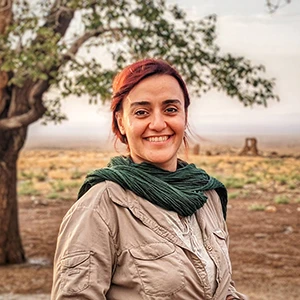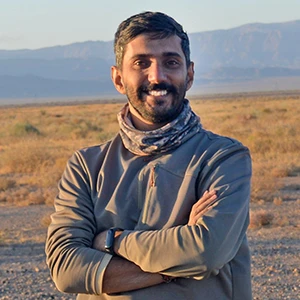If you’ve ever felt left behind by challenges out of your control, please know you’re not alone.
This past year, I faced a different kind of challenge: I couldn’t even set foot in the protected area where I’ve spent so much of my life and career. It was frustrating, even painful. At first, checking LinkedIn and seeing others’ progress only made the feeling of “being left behind” heavier. That reality was tough to accept.
But this forced pause gave me a chance to reflect and learn. My perspective shifted from focusing on just one species, like the Asiatic cheetah, to seeing the broader, more interconnected landscape. With my colleagues at Sarvin Wildlife Conservation, we started designing a program to restore the wider areas, especially those outside the borders of governmental protected areas, where people and wildlife coexist and both need more help.
I’ve learned that real resilience isn’t just about persistence or hard work. It’s also about accepting vulnerability and understanding that not every obstacle can be overcome simply by trying harder or gaining new skills. Sometimes, the journey itself, complete with setbacks and lessons, is what shapes us most. Now, as we prepare to launch a new desert habitat restoration project, I’m grateful for both the challenges and the opportunities for growth that came with them.
The marks left by this period are still with me, but so are the insights. Talking openly about failure, burnout, and feeling left behind shouldn’t be taboo. I think it’s important to normalize talking about failure, burnout, and doubt. These experiences are real, and they matter. I hope sharing this helps normalize setbacks and encourages support through every phase, not just the victories.
Embracing Vulnerability and New Paths in Conservation
A Personal Journey Toward Broader Impact and Openness
78



